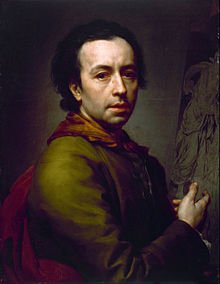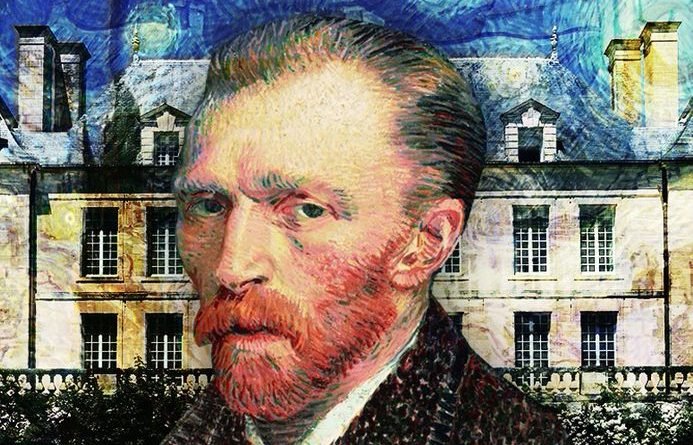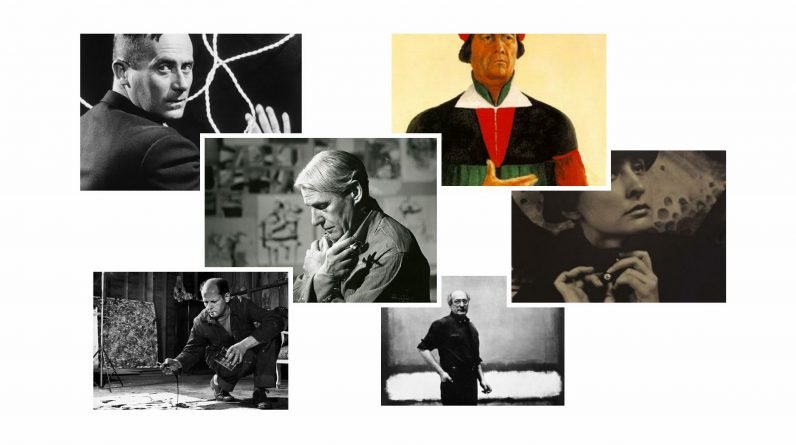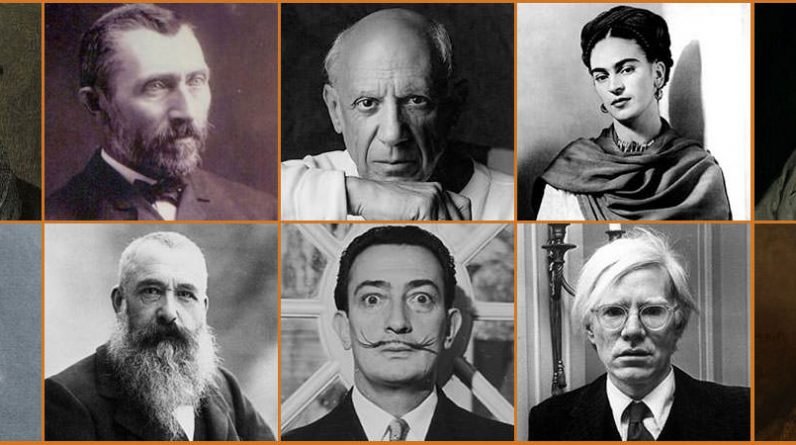
The most important artists during the Neoclassical period include Anton Raphael Mengs, Jacques-Louis David, Antonio Canova etc. These artists combined classical and Baroque styles into their works and incorporated many elements from both styles into their work. During their careers, they travelled extensively across Europe, including England and France. Listed below are some of the most influential artists of this period.
Jacques Louis David
Despite his early fame, David's drawings were relatively unknown until the sale of his estate in 1826. The catalogue notes by Alexis-Nicolas Perignon noted that David was influenced by multiple sources, including Greek and Roman architecture, literature, and art. The work of David's contemporaries, including his contemporary Rene Magritte, continued this tradition. He used multiple sources to create new episodes and subjects.
During the French Revolution, David began to explore new themes and shifted his focus away from classical subjects and toward more modern subject matter. For instance, in Oath of the Tennis Court (1791), he glorified the first attempt by parliamentarians to challenge the monarchy. David also became a court painter under the new regime, and concentrated on painting portraits of martyrs. Among his most famous works are Death of Telemachus and Eucharis (1794), which depict the fate of the heroes of the French Revolution.

Jean Auguste Dominique Ingres
Founded in 1796, the studio of French painter Jean-Auguste-Dominique Ingres was a hotbed of artistic activity. From 1792, he studied at the Toulouse Academy of Art before moving to Paris to study at the Ecole des Beaux-Arts under Jacques-Louis David. Ingres is considered to be one of the most influential French painters of the period and was a prominent figure in society. He was a prominent member of the Academy of Fine Arts and the Ecole des Beaux-Arts, and was the Director of the French Academy in Rome.
Ingres' career as an artist began to take shape when he was recognized as a leader of the Neoclassical school in France. His first great commission was a massive religious painting commissioned by the French ministry of interior for the cathedral at Montauban, which commemorated the consecration of France by Louis XIII to the Virgin Mary in 1638. Ingres completed this monumental work in 1824 and presented it at the Salon, where it received unqualified success. This painting became one of the most famous works of Neoclassicism, and his work was recognized as an unqualified champion of the classical tradition.
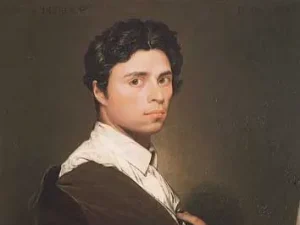
Angelica Kauffman
Born in 1760 in Germany, Kauffman studied the Old Masters and Renaissance art while living in Rome. Her work was inspired by the designs of the Italian Renaissance. During her time in Rome, Kauffman collaborated with a prominent Neoclassical designer, Johann Joachim Winckelmann, who was one of the most important figures in the neoclassical art movement. Winckelmann encouraged Kauffmann to paint historical and mythological scenes.

William Adolphe Bouguereau
In his early years, William Adolphe Bouguereau enrolled in a Catholic college in Pons, France, where he studied under the painter Louis Sage. Sage followed the work of the famous Neoclassical artist Jean-Auguste-Dominique Ingres. As a young man, Bouguereau moved to Bordeaux, where he met Charles Marionneau. The two eventually became friends, and Bouguereau attended the Municipal School of Painting and Drawing in Bordeaux.
The most notable of Bouguereau's paintings is the Birth of Venus, which depicts the story of Venus' birth in Roman mythology. The female figure is depicted in a nude state surrounded by admiring cherubs and nymphs. The composition depicts an early morning with tinges of pink. The painting was one of the most popular works of art of the period, and received critical acclaim.
After completing Zenobia Found by Shepherds on the Banks of the Arax in 1850, Bouguereau did not return to Dante's life. He had learned that heroics did not pay well, but he continued to practice his skill at figure painting. In 1853, Bouguereau won the prestigious Prix de Rome, which paved the way for his successful career.

Elisabeth Vigee Le Brun
Vigee LeBru's paintings are rich in detail and emphasize the beauty of the women depicted. Her portraits are particularly striking and accentuate the features of the female body, from the youthful blush to the almond eyes to the white breast. The delicate details and the high quality of her painting demonstrate her skill and richness. Although she was not able to read English, she was able to answer the criticisms with a caustic tone.
While Vigee-LeBrun is often considered an “afterthought” of Rococo, she has been compared to Jacques-Louis David. Her portraits are often done in Neoclassical attire, but she is not strictly a Neoclassicist. In contrast to David, she also incorporated notions of the past into her portraits.

John William Godward
A prominent member of the early American School of painters, Godward is perhaps the most prolific and influential artist of the Neoclassical period. Godward was committed to Neoclassicism and his studios were often filled with antique objects and marbles. The artist sought to use Italian models for his paintings, and his works are notable for their classical dresses and marble work. His earliest works, however, were based on sketches and rarely depicted living humans.
While Reynolds-Stephens and Godward were almost two decades apart in age, they shared a common interest in the classical past. They painted similar marble colonnades, exedras, and artefacts. Godward also shared dealings with Lawrence Tadema-Alma, who would later be the subject of several works by Godward. While this might seem surprising to modern viewers, it demonstrates Godward's ability to work with a wide range of styles.
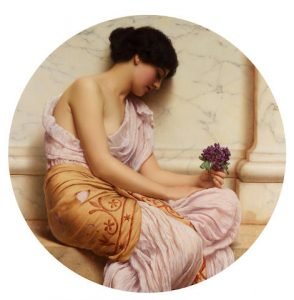
Benjamin West
A prominent painter, Benjamin West was one of the first American artists to study in Italy. He became immersed in the Neoclassical movement, and met such influential figures as Cardinal Albani, Anton Raphael Mengs, and Gavin Hamilton. When West returned to England in 1763, he was already steeped in the latest artistic trends. With an innate desire for innovation and social skills, he was able to meet and work with such influential figures as King George III, who subsequently appointed him as historical painter.
Benjamin West was a self-taught artist, with little formal art education. His first painting was a portrait at the age of nine, and he went on to complete his first historical painting at age 18. At the age of fifteen, he began to receive commissions for portrait paintings. By the age of twenty, he had become a successful portrait painter and enjoyed local notoriety. West was introduced to the art world by William Henry, a wealthy entrepreneur who encouraged history painting. This man took West under his wing and advised him to focus on historical subjects.
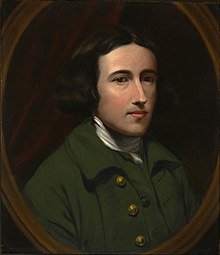
Anton Raphael Mengs
Born in Bohemia in 1728, Anton Raphael Mengs was one of the most influential artists of the Neoclassical period. He was a contemporary of the Tiepolo family and Bellotto. But Mengs was more than just a prodigy; he was a genius. As a young man, Mengs outshined his predecessors and established a taste for neoclassicism with his masterpieces. In fact, his work was so influential that it eclipsed those of Bellotto at the Dresden court and Tiepolo at the Madrid palace.
The rise of Mengs's fame was sudden. He was influenced by Greek and Roman art and merged it with Correggio's chiaroscuro. His success in the renaissance was boosted by the appointment of Pope Benedict XIV and the creation of his first Roman ceiling decoration. The fresco by Mengs is considered to be Mengs' greatest work and is a perfect example of the transition between Baroque and Neoclassicism.
